I'm working on a project to gather metrics from my HVAC. I need to detect the presence or absence of 24vAC on two different wires (Y/yellow/cooler, W/white/heater) relative to common - either of which will be periodically pulled to 24vAC by a relay in the thermostat. I have a Raspberry Pi with a 4-channel ADC ready to measure power but it is limited to +/- 1v.
I gave up trying to draw a voltage divider that could divide both Y and W without leaking voltage to the other input channel. That is to say, the ADC would see a range of voltages depending on none/one/both Y and W being pulled high, and it got too complicated.
Now I'm exploring the use of a couple of reed relays (datasheet) which run at 24vDC to isolate the channels. I need to come up with a way to carefully lower the 24vAC voltage to trigger the 24vDC reed relays. I'm thinking a single resistor in series with the AC power source should suffice, given an appropriate rating. I don't want to blow the relay coil and this needs to safely run unattended.
I need help calculating the rating of the resistor.
I hypothesize that I can simply lower the voltage with a resistor and not have to rectify the power before sending it to the relay but perhaps I am over simplifying?

